We Reveal 7 Best Fintech Lead Generation Strategies to Drive Business Growth
Quick Summary
In this article, we explore seven key fintech lead generation strategies to help fintech companies attract high-quality leads. These include understanding your ideal clients, using PPC, social media marketing, and improving website experience. Additionally, we cover content marketing, referrals, and email nurturing. Combining these tactics with Growform’s lead capture forms can make the process seamless and more effective.
Looking to Generate Quality Leads for your Fintech?
McKinsey’s recent research predicts fintech industry revenues will increase nearly 3x faster than traditional banking revenues between 2023 and 2028.
Unfortunately, many fintech businesses might still struggle to convert this potential into clients. And ineffective lead gen strategies might be the reason behind.
In this Growform article, we’ll share seven proven strategies to boost fintech lead generation with high-quality leads that drive growth.
Why Listen to Us?
At Growform, we’ve helped countless businesses in the finance industry enhance their lead generation with our user-friendly, customizable, embeddable forms.

Our expertise in conversion optimization and proven success with fintech clients makes us a trusted partner in driving high-quality leads and business growth.
What Is Fintech Lead Generation & Why Is it Important?
Fintech lead generation is all about finding and attracting potential customers who are interested in your financial technology services or products.
While it shares similarities with general B2B and B2C lead generation, even the top fintech companies face unique challenges like stricter buyer scrutiny, complex regulations, and the need to simplify technical products.
Here’s why lead generation is crucial for fintechs:
- Builds Trust: Establish credibility in the heavily regulated fintech industry.
- Handles Complex Products: Help prospects understand complicated fintech offerings.
- Supports Growth: Ensure a steady flow of new leads to sustain business growth.
- Stands Out in a Crowded Market: Differentiate your company with effective strategies.
- Maximizes Marketing Efforts: Focus on the right leads to get the most from your resources.
7 Fintech Lead Generation Strategies That Work
1. Understand Your Ideal Clients
You can’t attract your potential clients if you don’t know them.
No company can serve every niche, and that also includes the fintech industry covering a wide range of services, from mobile payments to financial planning tools. Trying to target everyone spreads your efforts too thin and makes lead gen less effective.
Instead, focus on understanding your ideal clients and their specific needs. For example, PayPal targets small businesses, while Plaid focuses on companies integrating financial services into apps. Each succeeds by focusing on a specific audience.
Here’s how to identify your ideal fintech clients:
- Market Research: Learn about your potential clients’ challenges and needs through research. Use tools like Google Analytics, LinkedIn Sales Navigator or SurveyMonkey to gather and analyze relevant data.
- Create an Ideal Customer Profile (ICP): Use your research to build a profile of your ideal customer. This profile should include details like the size of their business, the industry they work in, and the challenges they face that your fintech solution can fix.
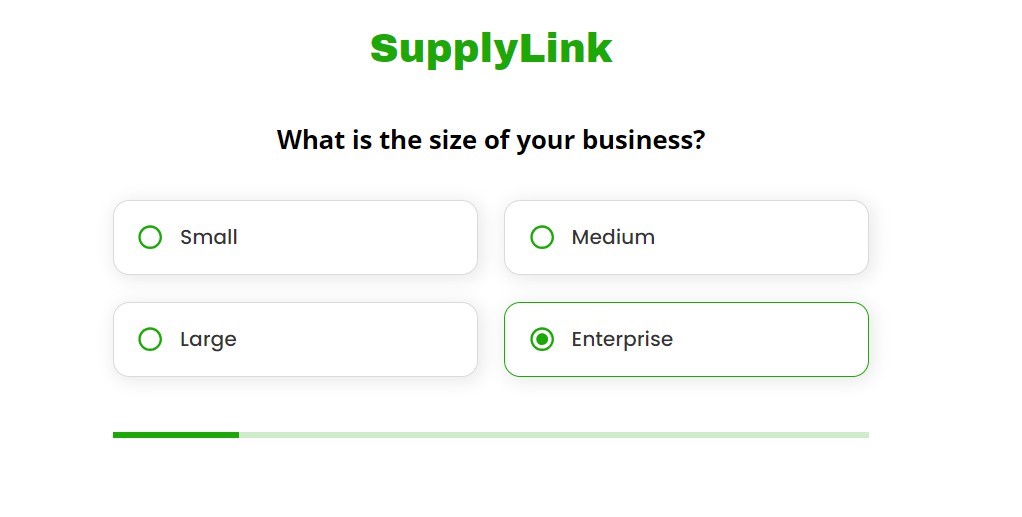
By zeroing in on your audience, you can create effective lead generation strategies tailored just for them.
2. Let PPC Ads Do the Heavy Lifting
In Pay-per-click (PPC) advertising, you pay the platform (like Google or Facebook) each time someone clicks on your ad. Unlike organic methods, PPC is a quick way to target specific audiences in fintech by placing your ads at the top of search results, helping you attract leads who are actively searching for solutions like yours.
For example, SoFi, a popular fintech company offering student loan refinancing and personal loans, uses PPC ads to target keywords like “student loan refinance” and “low-interest personal loans.”
The image below shows the result of a Google Search for the keyword “student loan refinance,” with SoFi’s paid ads right at the top of the SERP.
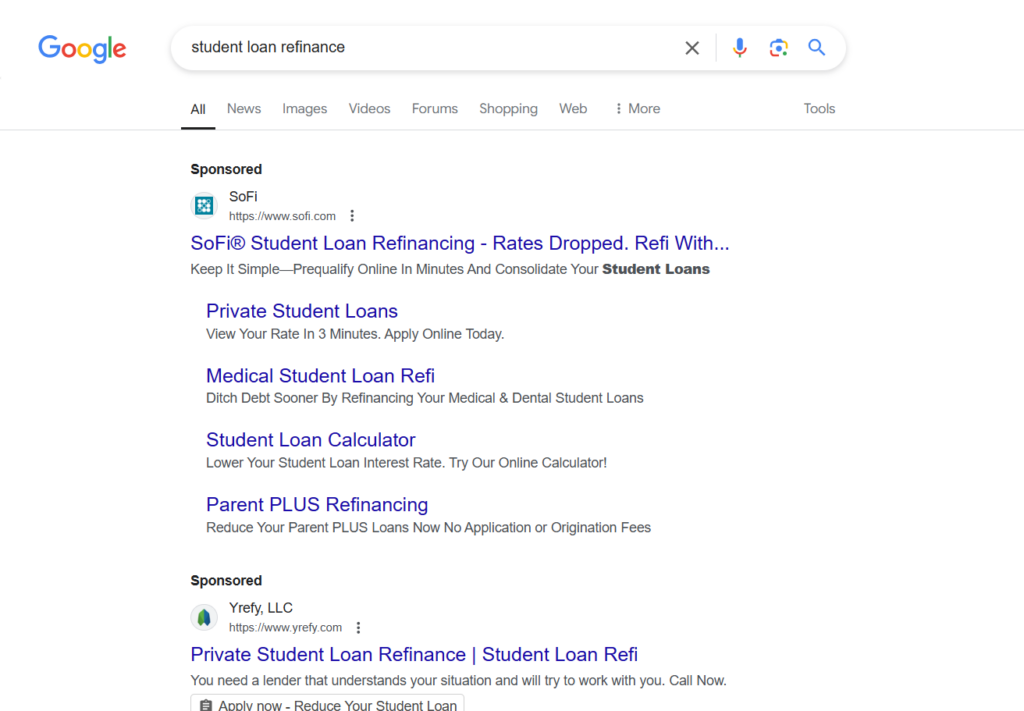
By bidding on these high-intent search terms, they attract highly potential leads who are already considering financial solutions.
Here’s how to use PPC for fintech lead generation:
- Focus on keywords that best describe your services or products. For example, if you’re a digital bank, target “digital payment solutions” or “mobile banking software.”
- Create clear ad copy that highlights your fintech’s unique value and how it solves customer pain points to encourage clicks.
- Direct clicks to specific landing pages with a clear CTA, guiding visitors smoothly toward becoming leads.
3. Use Social Media Marketing and Advertising
The average person globally spends about 145 minutes on social media daily. Fintech can maximize this as an excellent source to connect with potential clients and build lasting relationships.
With both organic content and paid ads, social media lets you engage with a wide audience, educate them about your services, and nurture leads.
Chime, a digital bank, is a fintech already doing this. The company uses Instagram to share customer success stories and financial tips which creates engagement and, more importantly, trust among its followers.

Additionally, platforms like LinkedIn and Facebook allow you to run ads targeting specific demographics, job titles, or industries relevant to your fintech niche.
TIP: Don’t just post and go— engage! Responding to comments, messages, and questions can build relationships and push prospects further along the buyer’s journey.
4. Improve Website User Experience
A seamless and optimized website is pivotal to turning visitors into leads. Your fintech website should make it easy for potential clients to find the information they need and take action.
For example, Stax Payments, a leading payment processing platform, has an optimized website that offers a clean interface, easy navigation, and clear CTAs.
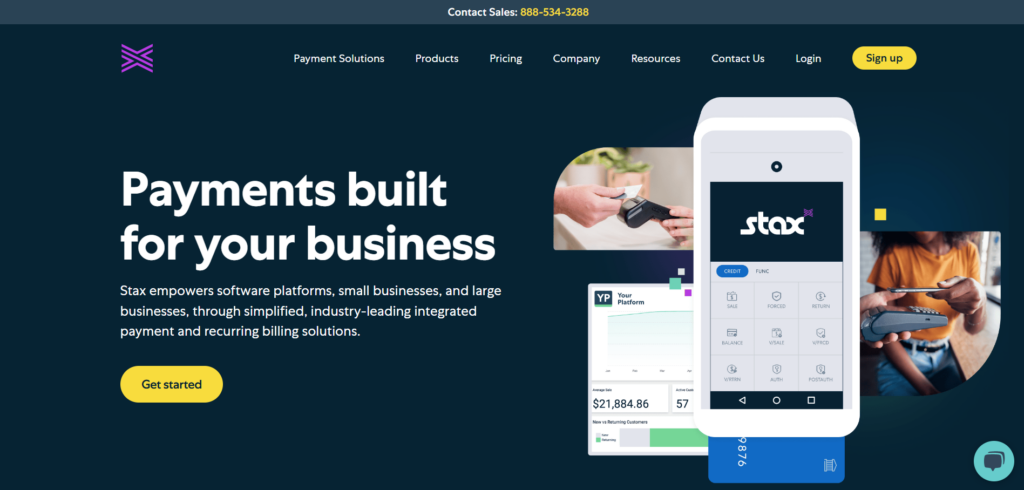
Visitors can quickly access the information they need, whether it’s about products, pricing, or signing up for an account.
But that’s not all. Fintechs can also integrate a lead capture form to generate more enquiries and qualify prospects better.
Stax Payments uses our no-code form builder to create contact forms that lower bounce rates and capture more qualified leads by providing a smooth, intuitive form-filling experience. These embeddable forms have helped increase leads and conversions by 2x for the business.
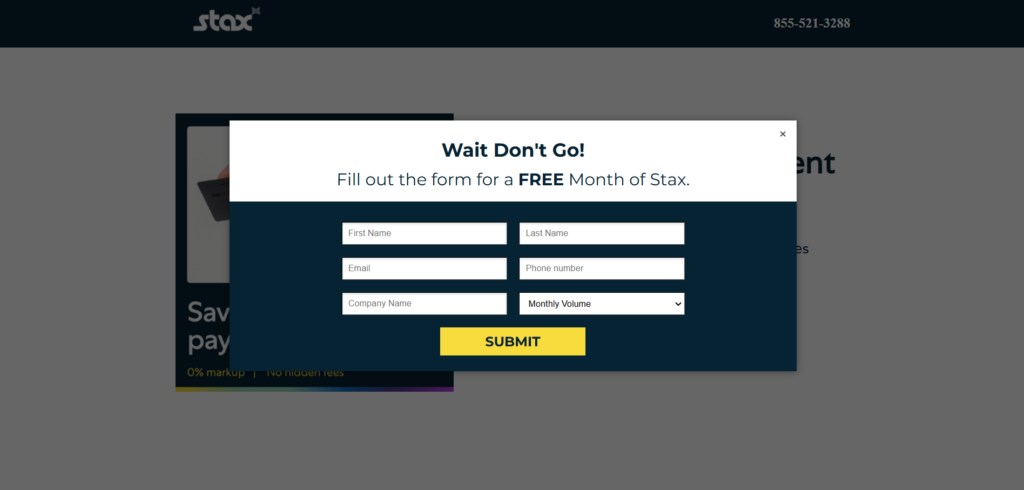
5. Build Credibility with Content Marketing
Content marketing works effectively for fintech companies looking to build trust and credibility with potential clients. By providing valuable, informative content, you can showcase your expertise and address the specific concerns of your target audience, converting them into customers.
Here’s how:
Blogging
Regularly publishing articles on topics like industry trends, how-tos, or product features can attract and engage prospects. But don’t just write them, make them optimized for search engines.
Search engine optimization (SEO) practices like optimizing content with relevant keywords, improving site structure, and securing backlinks from authoritative websites can help your blog rank higher.
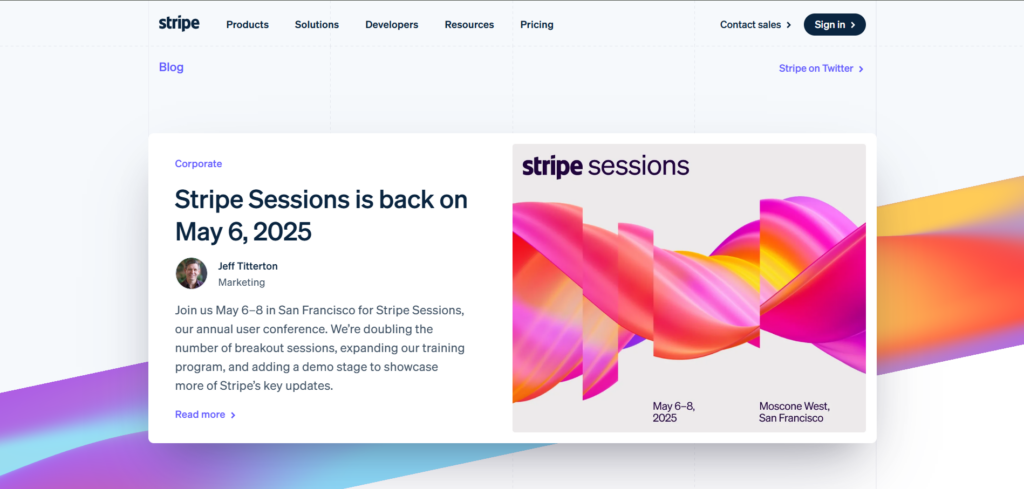
For instance, Stripe, a global payments company, has an extensive blog where they share in-depth articles, product updates, and insights on payment processing, while following SEO practices.
Thought Leadership Content
Share expert insights and forward-thinking perspectives through:
- Webinars
- Podcasts
- Whitepapers
- Reports or
- Guest articles

A great example is The Money Movement podcast, hosted by Circle co-founder and CEO Jeremy Allaire, which explores the evolving world of digital money and opportunities for global economic growth.
By covering key topics in digital finance, Circle educates its audience and reinforces its position as a fintech thought leader.
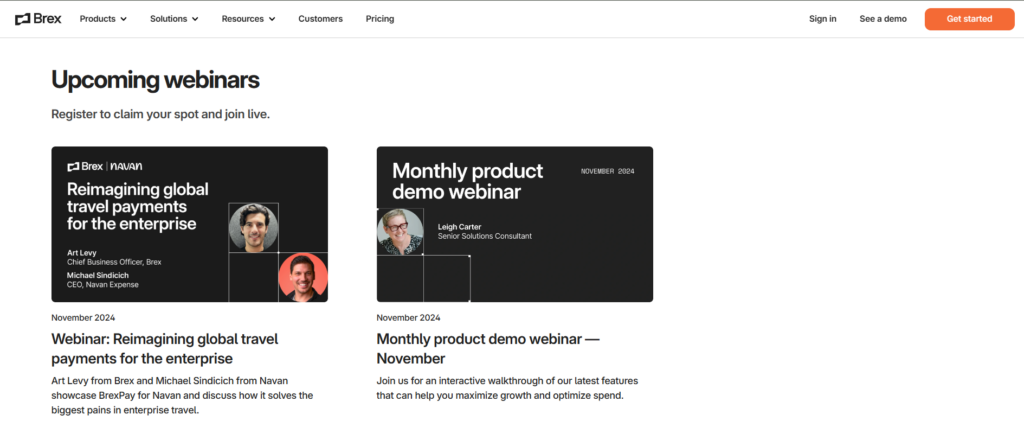
Similarly, Brex, a fintech company offering corporate cards, hosts webinars where they discuss financial management for startups, further solidifying their position as a trusted resource.
Case Studies and Testimonials
Share real-life examples of how your fintech solution has benefited clients via case studies and testimonials. While we’re not a fintech company, having a collection oftestimonials and user reviews on our website has boosted our lead generation efforts at Growform.
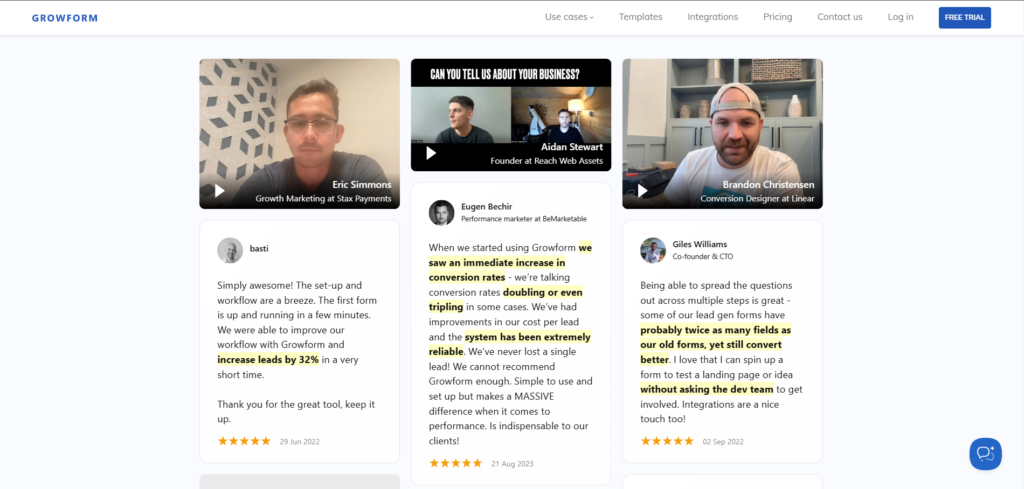
6. Leverage Referrals and Affiliate Marketing
If you’re using referrals and affiliate marketing to expand your reach and attract qualified leads, you’re in luck. These strategies tap into the power of word-of-mouth marketing by rewarding existing customers or partners for bringing in new clients.
For instance, Wise (formerly TransferWise) offers a referral program where users can invite friends and earn up to £75. They also waive fees on up to £500 of the friends’ first transfer, making it a win-win for both parties.
Revolut also uses affiliate marketing to collaborate with finance bloggers and influencers who help drive new signups through referral links. These affiliates promote their services and earn a commission for every lead or customer they refer.
You can automate your referral program and track its success rates using tools like:
- ReferralCandy: Automates referral programs, tracking customer referrals and rewards.
- Post Affiliate Pro: Provides detailed analytics to monitor leads, conversions, and affiliate commissions.
Referrals not only drive user acquisition but also build trust, as people are more likely to join a platform recommended by someone they know.
7. Nurture Leads with Email Marketing
Email marketing is a highly effective way for fintechs to nurture leads and move them through the sales funnel. By sending targeted, personalized emails, fintechs can keep potential customers engaged, providing valuable information.
Here’s how:
- Targeted Outreach: Segment your email list to send personalized messages based on customer interests, behaviors, or financial needs.
- Build Trust Over Time: Regularly send helpful, relevant content like financial tips, product updates, or case studies to nurture leads and establish your fintech as a trusted resource.
- Automated Follow-Ups: Use email automation with CRM platforms like Keap or Pipedrive to follow up with prospects who’ve shown interest.
- Drive Engagement: Include clear CTAs in your emails that encourage recipients to sign up for demos, trials, or consultations.
- Educate and Inform: Use emails to educate prospects on your fintech solutions and how they solve specific pain points.
Keep the conversation going with emails that build trust and guide leads toward conversion.
Optimize your Fintech Lead Generation Strategies with Growform
Like any business, fintech companies need a consistent stream of new clients to thrive. By combining these fintech lead generation strategies with our easy-to-use forms, you’ll get the best of fintech lead gen.
Our finance and insurance lead generation forms boost conversions with conditional logic, real-time lead verification, and has smart design features like sliders and progress bars, reducing drop-offs. Easily embedded or standalone, they speed up deployment without any developer support— making them perfect for fintechs.
Ready to optimize your lead gen? Start today with a free Growform trial.
Recent Posts
- 6 Essential Mobile Form Design Best Practices for Higher Conversions
- We Review the Best B2B Lead Generation Tools to Supercharge Your Campaigns
- Typeform Pricing: Uncover Hidden Costs & a Better Alternative
- How to Optimize B2B Lead Scoring for Faster Sales Closures
- Here Are the Best Google Forms Alternatives for More Efficient Data Collection
